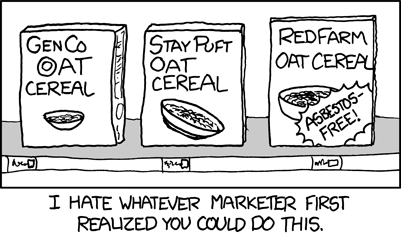I read hundreds of posts here on the subject of Sterilization involving scrubbing bubbles, barbicide, alcohol, ultrasonic cleaning, boiling, and autoclaving. (not all of which meet true sterilization standards) From my personal point of view some of us are obsessing on the subject I'd like to add this idea.
There is a procedure for dry heat sterilization I came across on the web which involves heating an item in an oven and maintain the oven at these temperatures for the times shown. Probably not great for plastic parts but then again neither would autoclaving.
Temperature
170 degrees C (340 degrees F) - 1 hour
160 degrees C (320 degrees F) - 2 hours
150 degrees C (300 degrees F) - 2.5 hours
140 degrees C (285 degrees F) - 3 hours
Let cool
I figure I could do this at the same time as cooking a roast or baking bread in order to waste less energy. I wonder too if using the self cleaning cycle would work. I think self cleaning happens at about 900 F which is lower than the melting point of most metals . . . might turn some things that bluish colour though.
What do you guys think? Personally I'm happy with wiping down with scrubbing bubbles or some other common cleaner . . . so if you could . . . let's avoid discussing the alternatives that have already been discussed.
Mike
There is a procedure for dry heat sterilization I came across on the web which involves heating an item in an oven and maintain the oven at these temperatures for the times shown. Probably not great for plastic parts but then again neither would autoclaving.
Temperature
170 degrees C (340 degrees F) - 1 hour
160 degrees C (320 degrees F) - 2 hours
150 degrees C (300 degrees F) - 2.5 hours
140 degrees C (285 degrees F) - 3 hours
Let cool
I figure I could do this at the same time as cooking a roast or baking bread in order to waste less energy. I wonder too if using the self cleaning cycle would work. I think self cleaning happens at about 900 F which is lower than the melting point of most metals . . . might turn some things that bluish colour though.
What do you guys think? Personally I'm happy with wiping down with scrubbing bubbles or some other common cleaner . . . so if you could . . . let's avoid discussing the alternatives that have already been discussed.
Mike

 Actually, I'm satisfied with alcohol for most of my disinfecting needs. The procedure you have outlined is part of a larger process to decontaminate medical instruments in a hospital environment. I'm not sure a home oven will meet their standards but I'm sure for our purposes, a home oven is adequate.
Actually, I'm satisfied with alcohol for most of my disinfecting needs. The procedure you have outlined is part of a larger process to decontaminate medical instruments in a hospital environment. I'm not sure a home oven will meet their standards but I'm sure for our purposes, a home oven is adequate.









